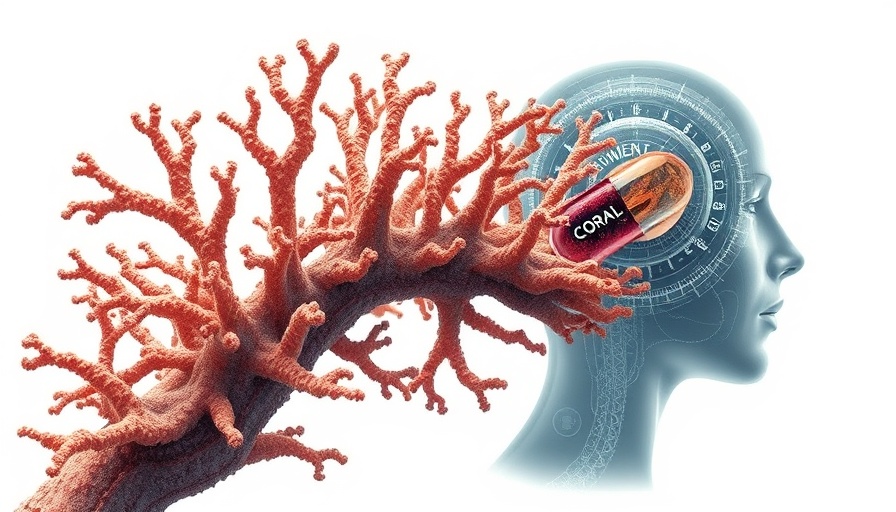
The Revolutionary CORAL Capsule: Transforming Gut Microbiome Research
The human body resembles an intricate ecosystem, with the gut microbiome playing a pivotal role in our overall health. Recent technological advancements have led to groundbreaking methods for understanding this complex community of microbes. Among these innovations is the CORAL (Cellularly Organized Repeating Lattice) capsule, inspired by the porous structures of marine corals, aimed at solving a major challenge in microbiome research.
How the CORAL Capsule Works: A Closer Look
The CORAL capsule represents a significant leap forward in our ability to study the small intestine. Unlike traditional stool samples, which are limited to capturing bacteria from the large intestine, this innovative ingestible device samples the vast and diverse microbiome present in the small intestine. Researchers led by Dr. Khalil Ramadi at NYU Tandon School of Engineering developed this non-invasive method to track the journey of the capsule through the digestive system, where it passively collects bacterial samples along the way.
Significance of Capturing Microbial Diversity
Our understanding of gut health has expanded, revealing that a diverse range of microbes significantly influences our immunity, metabolism, and even mental health. The small intestine, being the body's largest mucosal surface, contains unique microbial communities that are vital for digestion and health. The CORAL capsule captures these elusive microbes, offering insight into how disturbances in the gut flora can lead to various health issues, such as autoimmune disorders and metabolic diseases.
Future Implications: What This Means for Health Research
The innovative approach employed by the CORAL capsule not only broadens our understanding of the gut microbiome but also opens doors for developing targeted treatments for gut-related diseases. As researchers continue to unveil the complexities of the microbiome, the data collected from the CORAL capsule can lead to more personalized health strategies and interventions that address specific imbalances in microbial populations.
A Broader Perspective: How Technology Interfaces with Medicine
The collaboration between engineering and biological sciences highlights an emerging trend: the merging of technology and medicine. Innovations like the CORAL capsule exemplify how creative applications of technology can resolve longstanding challenges in health research. This approach reflects a broader movement toward precision medicine, where treatments are tailored according to individual microbial profiles.
Concluding Thoughts: A Call to Embrace New Innovations in Health
As we advance into an era characterized by personalized medical solutions, technology continues to underpin revolutionary developments in our understanding of health and disease. The CORAL capsule is an inspiring example of how nature-inspired engineering can lead us to uncover hidden complexities within our bodies, ultimately paving the way for healthier futures. By embracing these technological innovations, we can make informed decisions about our health and empower further research into the intricate relationships between our microbiota and overall well-being.
 Add Row
Add Row  Add
Add 




Write A Comment